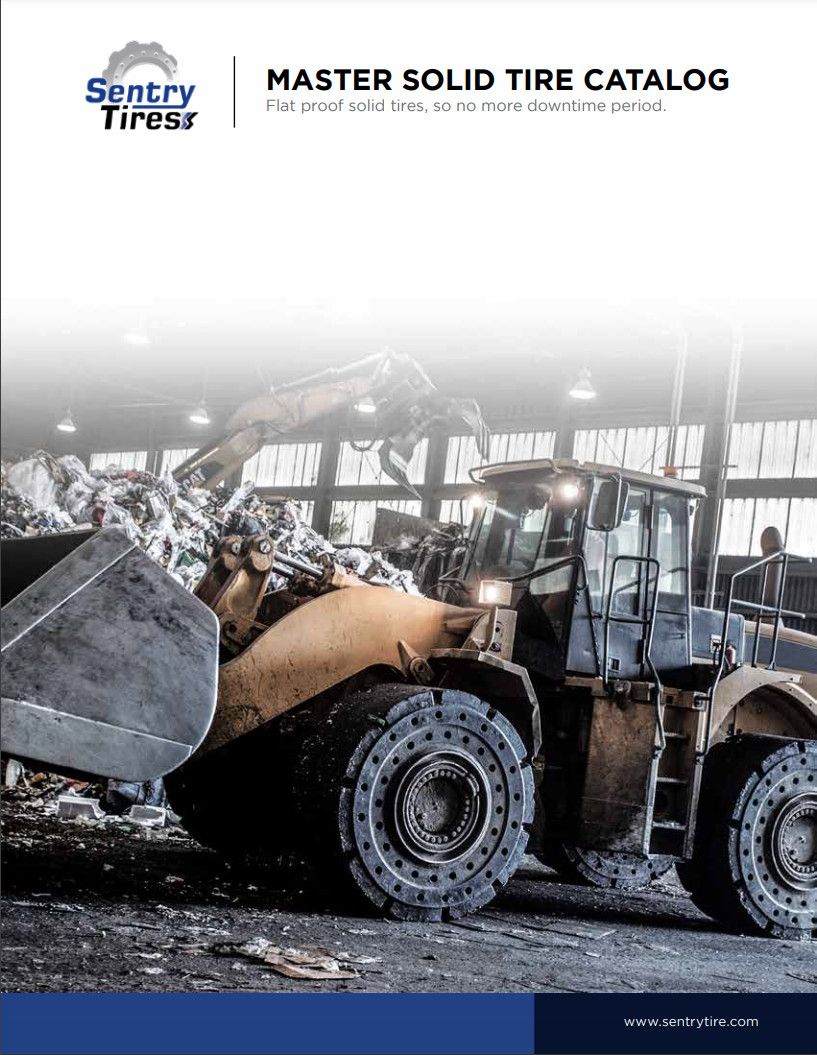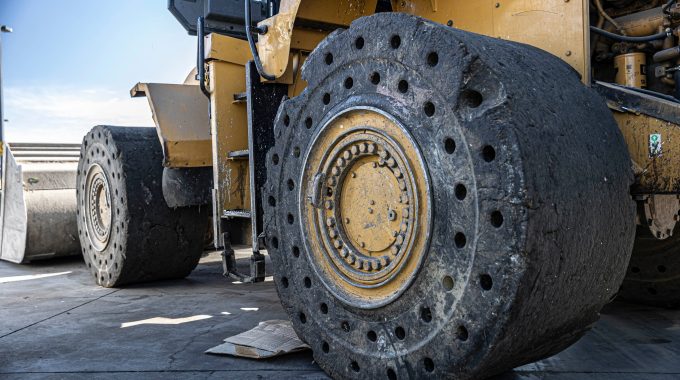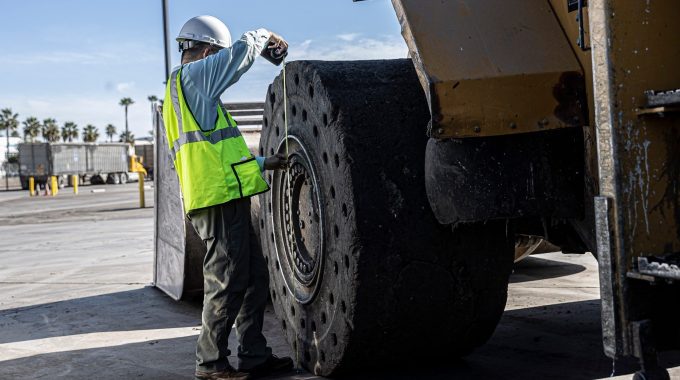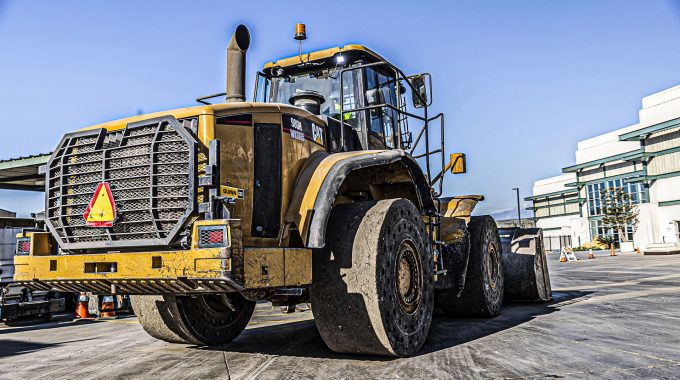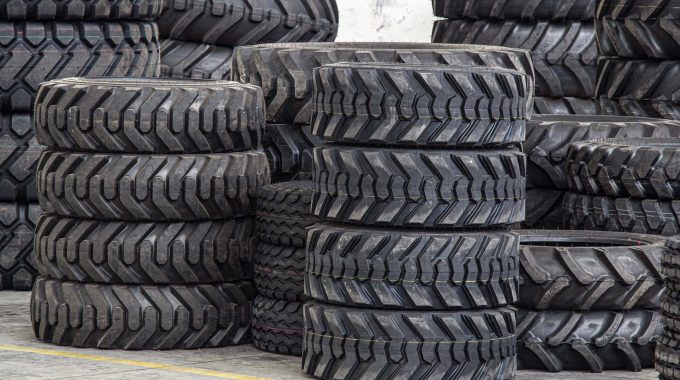
sentry tire
Pneumatic vs. Solid: What’s Best for Mixed-Use Equipment Fleets
October 19, 2025
Choosing between pneumatic and solid tires isn’t always straightforward—especially when your fleet operates in both indoor and outdoor environments or across multiple job types.
Mixed-use fleets, such as those in construction, logistics, and equipment rental, often need tires that balance traction, comfort, durability, and total cost.
Here’s how to decide which type of tire fits your fleet’s needs.
Pneumatic tires:
- Filled with air (tube or tubeless)
- Provide cushion and shock absorption
- Ideal for outdoor, uneven, or off-road terrain
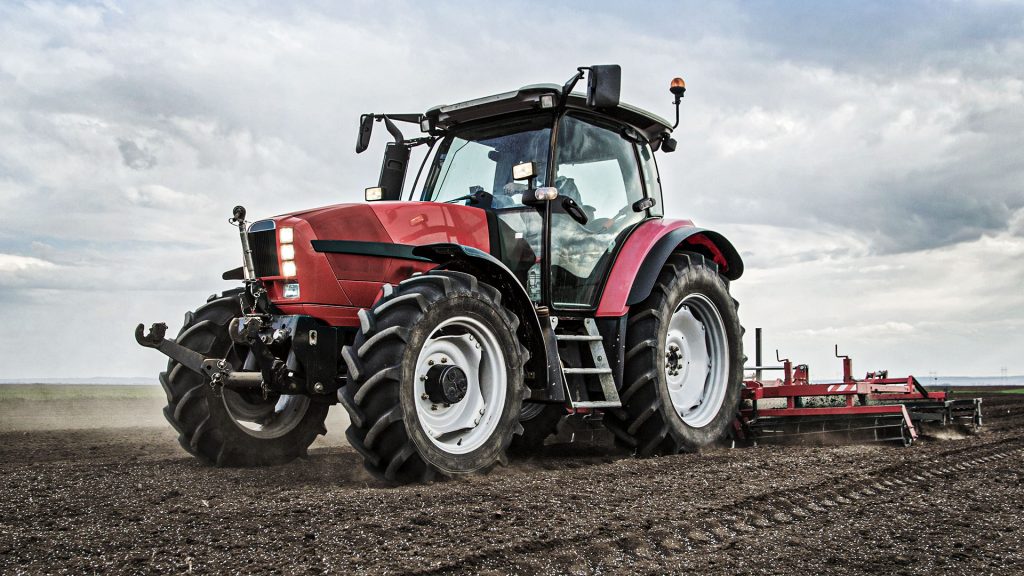
Solid tires:
- Made entirely of rubber compound (resilient or press-on band)
- Completely flat-proof
- Best for smooth, indoor, or debris-heavy surfaces
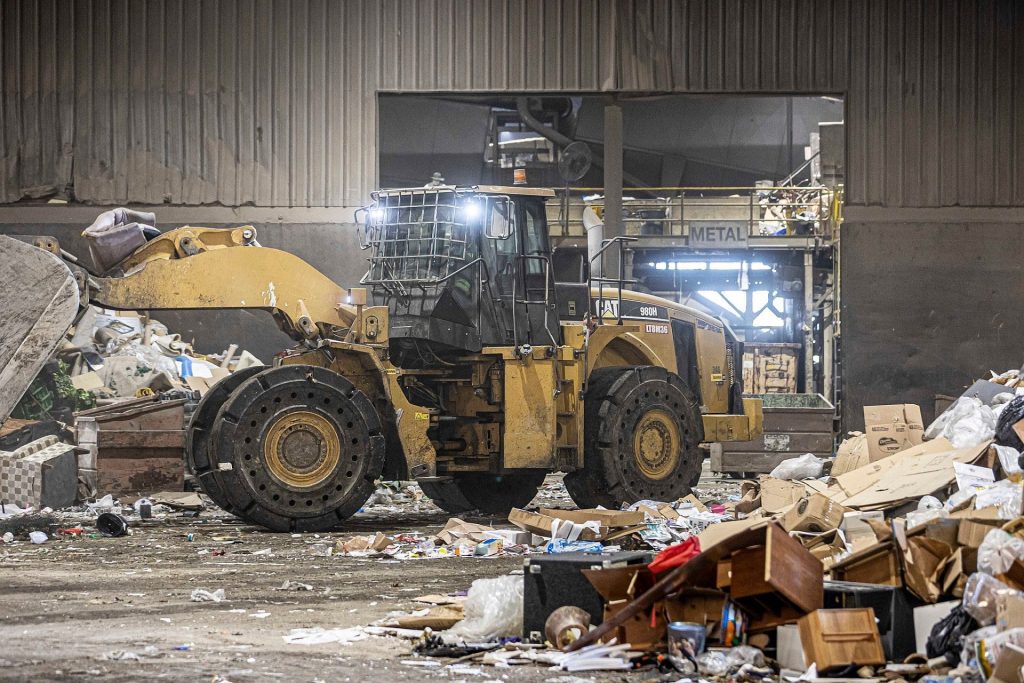
Consider the following factors when deciding:
1. Surface Type
- Use pneumatic for dirt, gravel, grass, or uneven job sites
- Use solid for warehouse floors, asphalt, or areas with sharp debris
2. Load Profile
- Solid tires typically offer higher load capacity and sidewall strength
- Pneumatics may deform under very heavy loads, reducing safety
3. Ride Comfort
- Pneumatics provide a smoother ride for operators
- Solid tires with aperture sidewalls can reduce harshness but may still transfer more vibration
4. Maintenance and Downtime
- Pneumatic tires require regular pressure checks and are prone to flats
- Solid tires require less attention and last longer in abrasive environments
5. Cost Consideration
- Pneumatics are cheaper up front, but may need frequent replacement
- Solids cost more initially but have a lower total cost of ownership
View our Solid Tire Catalog
Related Sentry News

